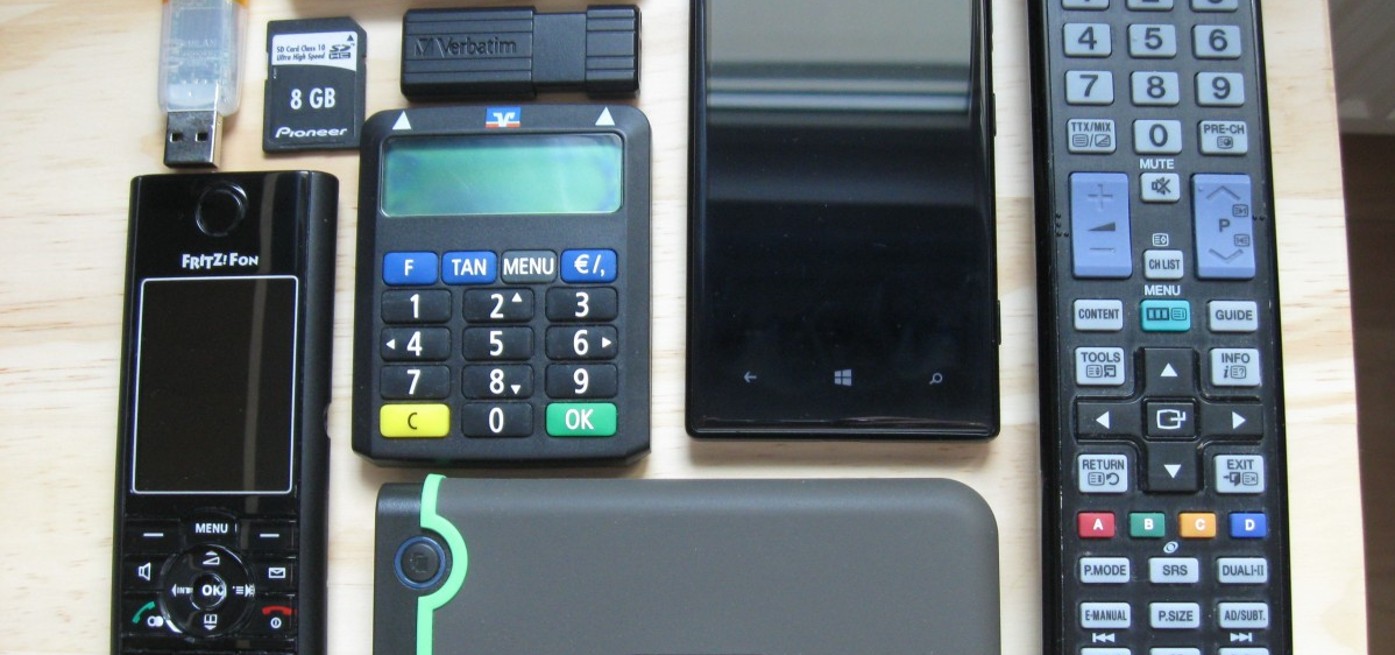
Buying Guide for Portable Signal Jammers
Key Takeaways Consideration Detail Product Weight Jammer Master’s portable jammers average 1.5Kg, significantly lighter than desktop models. Frequency Bands Capable of blocking multiple bands with
Free Worldwide Shipping & 1-Year Warranty!

Drone interference systems, consisting of shielding hosts, low-frequency/high-frequency antennas, and power sources, have emerged as effective tools in countering unauthorized drone activities. These systems are capable of emitting signals within specific frequency ranges, effectively disrupting the flight control and satellite positioning signals of drones. As a result, drones are unable to receive flight control instructions or satellite positioning, rendering them incapable of continuing their flight. This article delves into the functionality and impact of drone interference systems, highlighting their role in controlling and neutralizing unauthorized drone activities.
Upon activation, drone interference systems emit signals that interfere with the frequency bands used by drones. By implementing shielding measures against flight control and satellite positioning signals, these systems effectively prevent drones from receiving crucial instructions and positioning data. The specific control effects, such as forced return or landing, vary depending on the drone model being targeted. The use of drone interference systems enables the creation of no-fly zones, ensuring that drones are unable to breach restricted areas.
In scenarios where unauthorized drones, commonly referred to as “black drones,” are encountered within restricted areas, the operators controlling these drones are typically situated at a considerable distance from the no-fly zone. As the drone takes off from its operator’s location, it gradually approaches the restricted area, resulting in an increasing distance between the drone and its controller. Conversely, the distance between the drone and the no-fly zone decreases significantly. This spatial dynamic weakens the signals transmitted from the operator to the drone, while simultaneously strengthening the interference signals emitted by the drone interference system.
In conclusion, drone interference systems play a crucial role in countering unauthorized drone activities. By disrupting the flight control and satellite positioning signals of drones, these systems effectively neutralize their ability to continue flying. The distance between the drone and its operator, as well as the proximity to the no-fly zone, significantly impact the strength of the signals transmitted. As drone interference systems operate at closer distances to the target, their interference signals become stronger. As the demand for drone interference systems continues to grow, their effectiveness in safeguarding restricted areas and countering unauthorized drone activities becomes increasingly evident.
Our frequency checker tool will help you check all frequency bands used in all country.

Key Takeaways Consideration Detail Product Weight Jammer Master’s portable jammers average 1.5Kg, significantly lighter than desktop models. Frequency Bands Capable of blocking multiple bands with

In an age where the sky is dotted with drones, the importance of drone jammers has never been more significant. From commercial deliveries to personal

Protect your vehicle’s location privacy with a professional guide on GPS jammers. From selection to legal considerations and installation tips, we’ve got you covered. Key

Understanding Signal Blocker: How It Works and Its Applications Signal Blockers are devices that can disrupt mobile phone signals, preventing them from connecting to base

The Application and Benefits of High-Power Signal Jammers Enhancing Signal Blocking Efficiency in Various Environments In today’s technologically advanced world, the need for effective signal

Considerations for Purchasing Exam Room Signal Jammers Ensuring Effective Signal Jamming for Exam Integrity As the year approaches its end, many schools are preparing for

The Importance of Monitoring and Signal Interference Measures During Examinations During examination periods, it is crucial to closely monitor the examination venues and their surrounding

Selecting the Appropriate Cell Phone Jammer for Theaters and Auditoriums Overcoming Challenges in Installation and Maximizing Signal Disruption The Importance of Cell Phone Jamming in

Remote Control of Cell Phone Jammers via Smartphone: A Possibility? With the rapid development of the Internet of Things (IoT), numerous smart home devices have